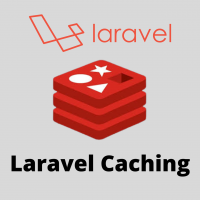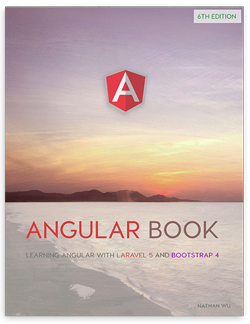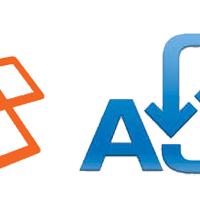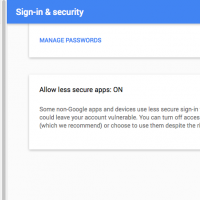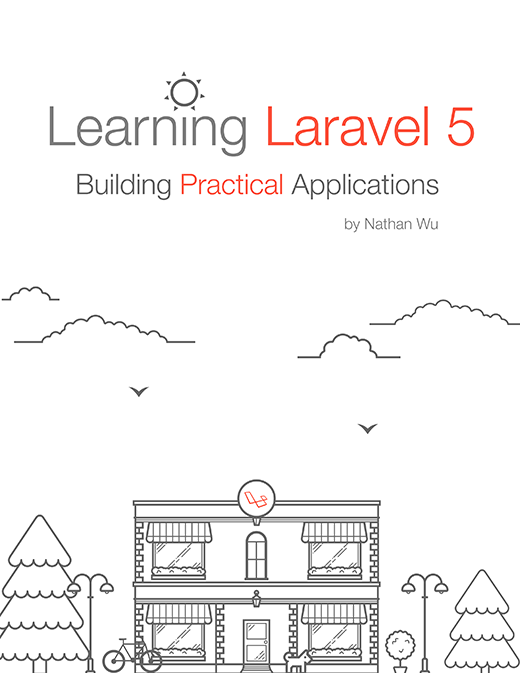How Does Laravel Compare for eCommerce?
Suppose that you want to start selling online, but you’re not sure which platform or framework you should use as the foundation for your new operation. You’ve heard about Laravel, and know that it’s an intuitive open-source PHP framework, but you’re not sure how suitable it’s likely to be for ecommerce in particular. Let’s clear things up by reviewing how it stacks up for selling:
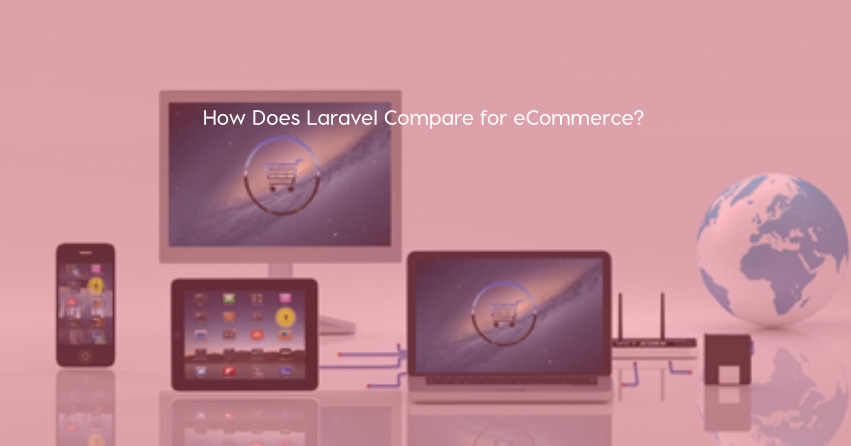
The standards of the e-commerce world
Before you can determine Laravel’s suitability, you need to understand the level of convenience that has become standard for e-commerce, and that starts with today’s standard: the hosted all-encompassing e-commerce solution. Based in the cloud, scalable, and charged by tier, this type of package is ideal for a seller with no understanding of tech or a desire to concentrate purely on the sales aspects and leave all the configuration to someone else.
Popular platforms of this kind include Wix, Shopify, and BigCommerce, with Shopify dominating the middle-ground at the moment (its storefronts are particularly simple to build, or even buy, and it has an appealing support structure). Of course, they’re not suitable for everyone — being closed-source, they don’t provide a huge amount of customizability.
Alternatively, there are open-source solutions viable for self-hosting, such as OpenCart or WooCommerce (though WordPress). These are fairly simple to use, with clear interfaces and decent communities, but they require a lot more work. When a merchant wants to keep things simple while retaining total control over their store, they typically go with WooCommerce.
How you can use Laravel for e-commerce
Having established the state of the e-commerce landscape at the moment, let’s look at how Laravel can be used for commerce. Realistically, this depends on what you’ve already done with Laravel: do you want to simply tack on e-commerce functions to an existing site, or are you planning to make e-commerce the primary purpose?
If it’s the former, then you can consider implementing a dedicated e-commerce package compatible with your system. If you’re using October CMS, you can try its specific plugins, including Shopaholic, OctoCart, and JKShop. If you’re using something like PyroCMS, or even a custom CMS, you can pursue integration with a generic checkout such as Ecwid or Snipcart.
If it’s the latter, then you can look for a specific e-commerce package based on Laravel. Suitable packages include Aimeos, GetCandy, and Vanilo. Of those three, GetCandy seems the most promising: while it’s technically still just an Alpha release, it has a clean and modern interface, and the developers are communicative through a Medium blog. It seems like a solid choice for the future. There’s also Laravel Marketplacekit if you want to create a marketplace.
While it’s true that you could create an e-commerce storefront from scratch using Laravel, there’s unlikely to be much benefit to it unless you can identify something specific that you can’t accomplish using some combination of existing packages (or you’re developing something custom for a client, in which case it may well be justified).
The benefits of flexibility and familiarity
Now that we’ve looked at standard eCommerce packages as well as the best options for Laravel e-commerce, we can see how Laravel stacks up for e-commerce — and the answer depends entirely on what skills you possess and what you aspire to achieve.
If you’ve happened upon this site by accident, and you have no skills in Laravel (or even PHP in general), then you’d find Laravel to be a horrible choice for e-commerce. You’d need to learn so much so quickly, and even then you’d only achieve results that would pale in comparison to those you’d get from a regular e-commerce CMS.
But if you’re on this site because you’re already interested in Laravel — whether you’re eager to learn it, brushing up on your skills, or simply curious to see how your favorite community is developing — then the prospect of running a Laravel e-commerce store is quite appealing. You can approach it in whichever way you prefer (as noted earlier, there’s no shortage of options), and — very usefully — improve your Laravel skills even as your store takes shape.
For the end user (the audience you wish to sell to), your CMS won’t matter as long as your store delivers strong performance and a decent UX, so there’s no reason to hold back on account of it being a non-standard approach. If you can handle the technicality of it, then, by all means, make Laravel a foundational part of your move into online selling. The strength of the platform will surely be a boon to you as you explore your new venture.
This article is written by Kayleigh Alexandra (microstartups.org)
This post is submitted by our members. Submit a new post.
Tags: Tutorials Packages Sources Laravel 5.7 Laravel 5 Laravel 5.8



